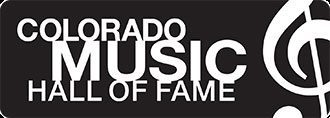
Born in Denver on March 28, 1890, Paul Samuel Whiteman was raised by musician parents. His mother Efrida was an opera singer, and his father Wilberforce James served as director of music for Denver Public Schools. As a student at East High School, Whiteman was highly encouraged to learn an instrument and gravitated towards viola. Showing an innate talent for the instrument, Whiteman was quickly picked up by the Denver Symphony Orchestra in 1907 at the ripe age of 17. From there, he moved to the west coast and joined the San Francisco Symphony.
In 1918, Whiteman enlisted in the U.S. Navy and led a 12-piece band known as the Mare Island Naval Training Camp Symphony Orchestra for the next year. After the war, he returned to San Francisco and formed Paul Whiteman & His Orchestra, serving as the house band for the city’s luxurious Fairmont Hotel. By 1920, the nine-piece ensemble relocated to New York City. There they played the Palais Royal for the next four years—the earliest dance band from the West to take the East Coast by storm. In 1924, Whiteman staged a concert blending symphonic music and jazz at Aeolian Hall, New York’s temple of classical music. For the event, Whiteman commissioned George Gershwin to write a new orchestral piece, though Gershwin only had five weeks to complete the project before the concert. Gershwin finished composing the now famous “Rhapsody in Blue” and handed it off to Ferde Grofé for arranging. The two made it work with eight days to spare. Gershwin himself played piano and introduced New York to “Rhapsody in Blue,” which quickly became Whiteman’s theme song.
Whiteman had the country’s largest and best paid dance orchestra, an imposing ensemble of up to 35 musicians with many firsts under their belts—the first to play arrangements; the first to use full brass and reed sections; the first to tour Europe. Sidemen included many greats and future bandleaders—Bix Beiderbecke, Tommy and Jimmy Dorsey, Johnny Mercer and Jack Teagarden. In late 1926, Whiteman signed The Rhythm Boys to sing for his band; Bing Crosby’s prominence in the trio helped launch his career. Whiteman had 28 No. 1 records during the Roaring ’20s. His version of “Ol’ Man River” with Paul Robeson on vocals would later be inducted into the Grammy Hall of Fame in 2006.
Whiteman owned a significant number of other big bands and jazz orchestras. In 1922, he controlled 28 bands on the east coast, which netted him over $1,000,000 that year (in 2022, this translates to almost $18,000,000.
By 1928, Whiteman was on the air when live radio programming was on the rise. He and the band made The King of Jazz for Universal Pictures in 1930, one of the first feature-length movies filmed entirely in Technicolor. As the band became more of a show unit, the size decreased, but as late as 1938, Whiteman’s personnel roster included 27 musicians and a vocalist. Throughout the decades, Whiteman also published three books: Jazz, co-authored by Mary Margaret McBride (1926); How To Be A Bandleader, co-authored by Leslie Lieber (1941); and Records for the Millions (1948). Though the depression impacted the band, the orchestra remained popular into the 1940s before they finally dispersed later in the decade.
When disc jockeys took over radio, Whiteman worked as the musical director on the Blue Radio network, which later became the American Broadcasting Company, or ABC. Here, he continued to commission songs for the several radio programs he oversaw including the series Music Out of the Blue. Some of the names Whiteman commissioned include Leonard Bernstein, Aaron Copland, Duke Ellington, Igor Stravinsky, Richard Rogers and many, many more. He deejayed for the radio show The Paul Whiteman Club that broadcasted on weekday afternoons.
After television burst onto the market, he made a number of special appearances and was Jackie Gleason’s summer replacement in 1955. Whiteman died in Doylestown, Pennsylvania in 1967 at the age of 77. Paul Whiteman was inducted into the Colorado Music Hall of Fame in the
20th Century Pioneers induction class of 2016.
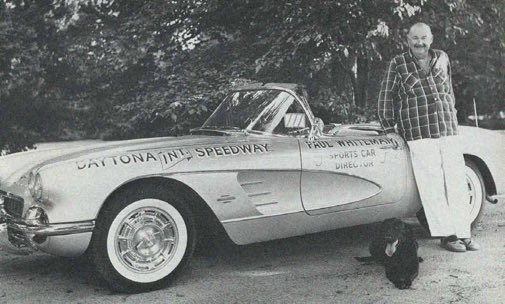
The Paul Whiteman Orchestra was the earliest dance band from the West to take the East Coast by storm.
Paul Whiteman Discography
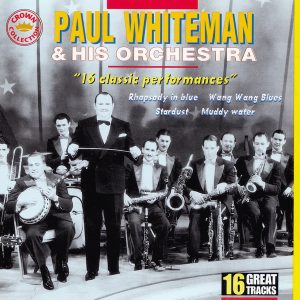
16 Classic Performances

1932 – Willow Weep for Me
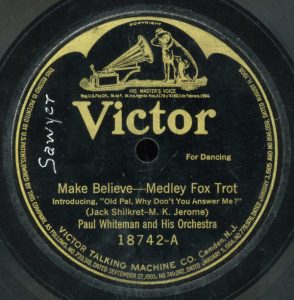
1921 – Make Believe

1934 – You’re The Top
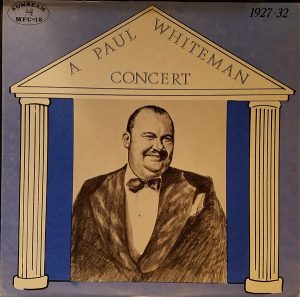
1978 – A Paul Whiteman Concert
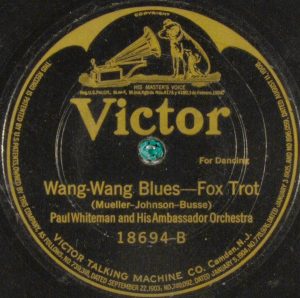
1920 – Wang Wang Blues

1920 – Whispering

1924 – Somebody Loves Me
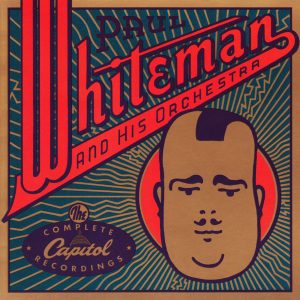
The Complete Capitol Recordings

1928 – Ramona

1952 – An American in Paris
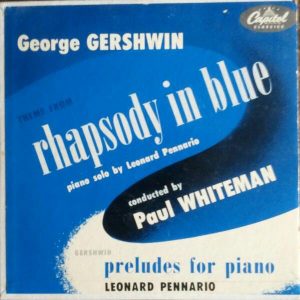
1954 – Rhapsody in Blue

1929 – Coquette
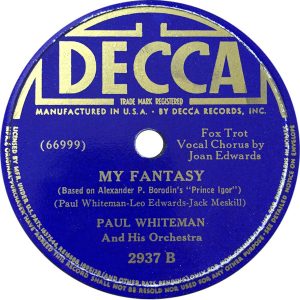
1939 – My Fantasy

1972 – Paul Whiteman and his Orchestra
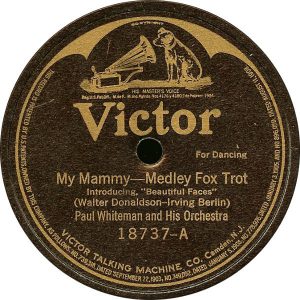
1921 – My Mammy
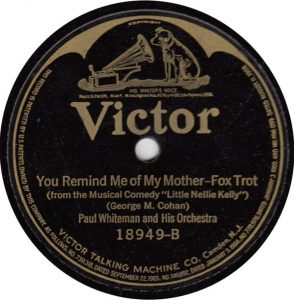
1923 – You Remind Me of My Mother
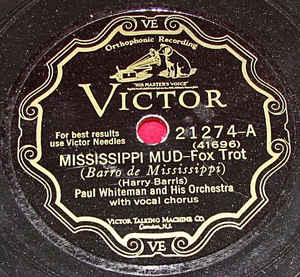
1928 – Mississippi Mud

1922 – Wonderful One
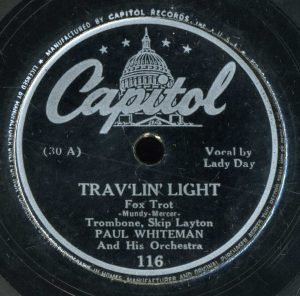
1942 – Trav’lin Light
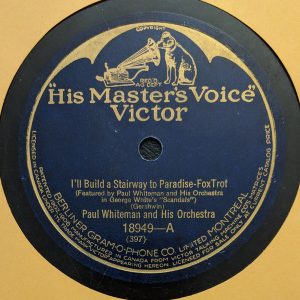
1923 – I’ll Build a Stairway to Paradise

1921 – Say It With Music

1924 – Rhapsody in Blue

1998 – Greatest Hits
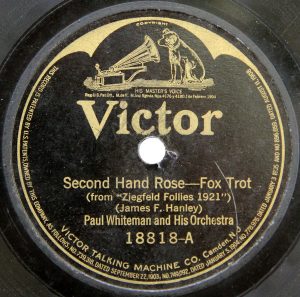
1921 – Second Hand Rose

1991 – King of Jazz

1954 – All Time Dance Party Vol 1

1921 – Cherie

1924 – When the One You Love Loves You
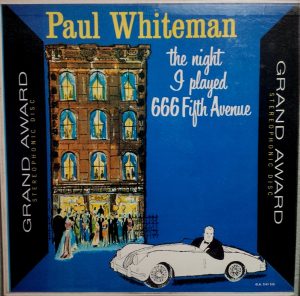
1959 – The night I played 666 Fifth Avenue

1922 – Three O’clock in the Morning

1926 – Birth of the Blues
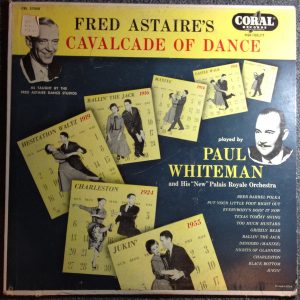
1954 – Cavalcade of Dance
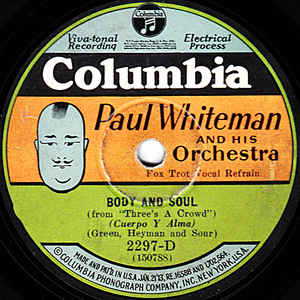
1930 – Body and Soul
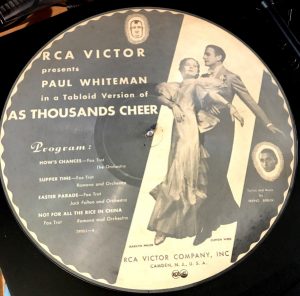
1933 – As Thousands Cheer
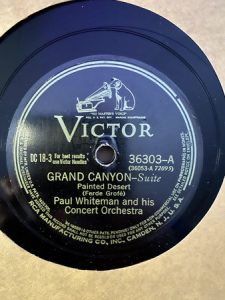
1932 – Grand Canyon Suite
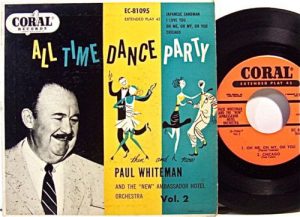
1954 – All Time Dance Party Vol 2

1959 – Cavalcade of Music

1928 – Ol’ Man River
